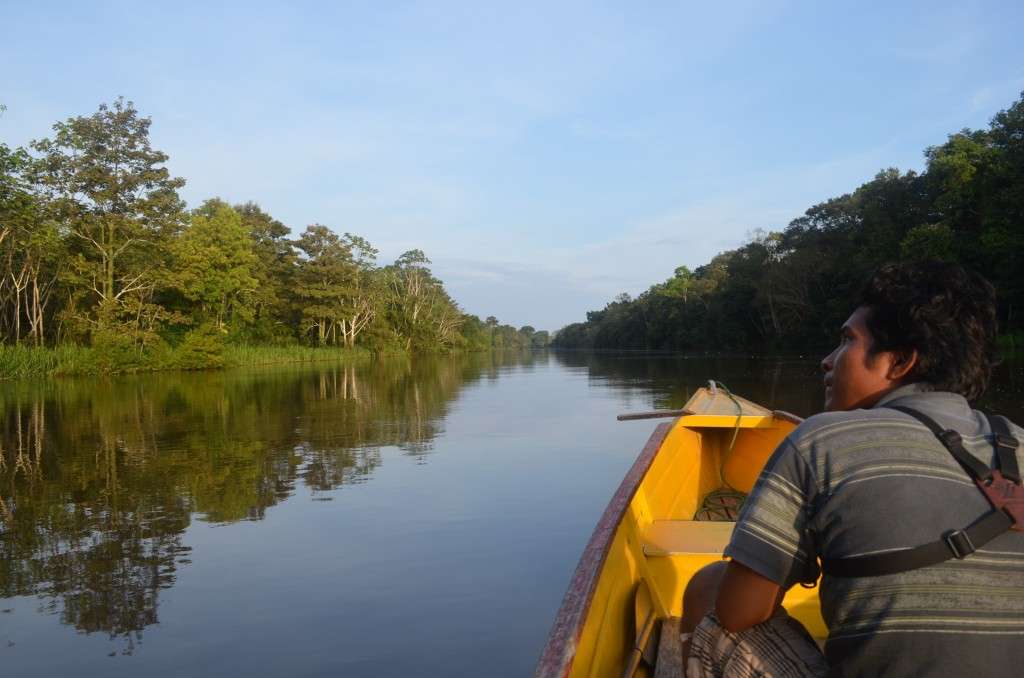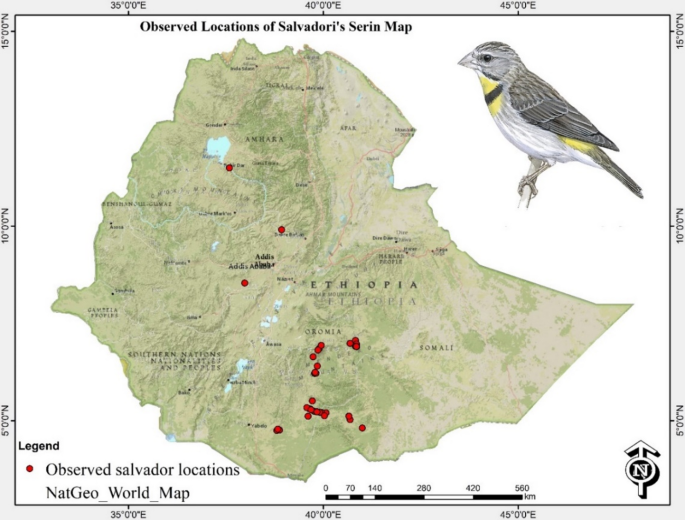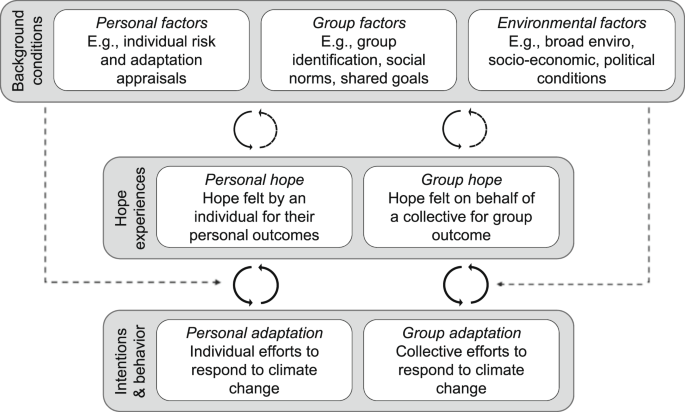Report on the Global Initiative for Universal Early Warning Systems
Executive Summary
The World Meteorological Organization (WMO) has issued a formal “Call to Action,” endorsed by its 193 Member States, to achieve universal coverage of early warning systems for weather, water, and climate-related hazards by 2027. This initiative, known as Early Warnings for All (EW4All), is a critical mechanism for advancing multiple Sustainable Development Goals (SDGs), particularly SDG 13 (Climate Action), by building resilience and adaptive capacity to climate-related disasters. The initiative underscores the urgent need for international cooperation to protect vulnerable populations and safeguard development gains against escalating climate extremes.
The Early Warnings for All (EW4All) Initiative: A Framework for SDG Achievement
Strategic Alignment with the 2030 Agenda
Launched in 2022 by the United Nations Secretary-General, the EW4All initiative is co-led by the WMO, the UN Office for Disaster Risk Reduction (UNDRR), the International Telecommunication Union (ITU), and the International Federation of Red Cross and Red Crescent Societies (IFRC). Its primary objective is to ensure every person is protected by life-saving alerts, directly contributing to:
- SDG 3 (Good Health and Well-being): By reducing mortality and injury from hazards such as cyclones, floods, and heatwaves.
- SDG 1 (No Poverty) and SDG 2 (Zero Hunger): By mitigating economic losses and protecting agricultural livelihoods, which are fundamental to poverty eradication and food security.
- SDG 11 (Sustainable Cities and Communities): By enhancing the resilience of human settlements to natural disasters.
The cost-effectiveness of these systems, with an estimated return of up to fifteen dollars in avoided losses for every dollar invested, presents a compelling case for their role in sustainable economic development.
The Early Warning Value Chain
The Call to Action emphasizes strengthening the entire early warning value chain to ensure effectiveness. This comprehensive approach is essential for translating climate science into actionable policy and community response, a core tenet of SDG 13. The four key components are:
- Monitoring and forecasting hazards
- Assessing risks to communities and infrastructure
- Disseminating timely and understandable alerts
- Ensuring communities possess the capacity to act on the warnings
Member States stressed the need for people-centered communication, moving beyond technical forecasts to deliver understandable and culturally inclusive information, thereby ensuring that the benefits of scientific advancement reach the most vulnerable populations.
Addressing Global Disparities in Climate Resilience
The Protection Gap and SDG 10
Significant inequalities persist in global early warning coverage, directly undermining SDG 10 (Reduced Inequalities). While 108 countries now report having multi-hazard early warning systems, nearly half of the world’s nations remain exposed. Data indicates that disaster mortality is six times higher in countries lacking adequate systems. The largest gaps are concentrated in Least Developed Countries (LDCs) and Small Island Developing States (SIDS), the very nations most vulnerable to climate change impacts and a priority focus for the SDG framework.
Assessments reveal that half of the 62 surveyed countries possess only basic hazard monitoring capacity. This highlights a critical need for investment in observational networks and data sharing, which are foundational for effective climate adaptation.
A Call for Political and Financial Commitment to Reinforce the SDGs
Strategic Priorities for Implementation
The Call to Action outlines several priorities requiring immediate political and financial commitment, forming a roadmap for integrating early warning systems into national development strategies:
- Policy Integration: Integrate early warning systems into national climate and disaster risk reduction policies, aligning with national commitments under SDG 13.
- Sustainable Financing: Secure long-term, predictable financing, moving beyond project-based aid to build lasting institutional capacity, a key element of SDG 17 (Partnerships for the Goals).
- Institutional Strengthening: Empower national meteorological and hydrological services (NMHSs) with clear mandates, contributing to SDG 16 (Peace, Justice and Strong Institutions).
- Inclusivity: Ensure warnings are co-developed with local communities, combining scientific and indigenous knowledge to reach the most vulnerable, in line with the “leave no one behind” principle.
- Innovation: Harness technologies like artificial intelligence to enhance prediction accuracy, supporting SDG 9 (Industry, Innovation and Infrastructure).
The initiative serves as a catalyst for climate-vulnerable nations to accelerate the integration of multi-hazard warning systems into their development plans, potentially unlocking new technical and financial support. As stated by WMO leadership, early warnings are not a luxury but a fundamental human right, essential for achieving a sustainable and equitable future for all.
Analysis of Sustainable Development Goals in the Article
-
Which SDGs are addressed or connected to the issues highlighted in the article?
The article on the global push for universal early warning systems connects to several Sustainable Development Goals (SDGs) by focusing on climate adaptation, disaster risk reduction, and international cooperation to protect vulnerable populations.
- SDG 3: Good Health and Well-being: The article’s primary goal is to save lives and reduce mortality from weather-related disasters. It explicitly states that “no one should die for lack of warning” and that over the past 50 years, these disasters “have claimed over 2 million lives.”
- SDG 11: Sustainable Cities and Communities: The initiative aims to make communities more resilient to climate-related hazards. The article discusses reducing economic losses and protecting people, especially in vulnerable situations, which is central to creating safe and sustainable human settlements.
- SDG 13: Climate Action: The entire article is framed around adapting to the impacts of climate change. It addresses the need to protect people from “escalating weather, water and climate-related hazards” and calls for the integration of early warning systems into “national climate and disaster policies.”
- SDG 17: Partnerships for the Goals: The article emphasizes the need for global collaboration. It highlights the “Early Warnings for All (EW4All)” initiative as a multi-agency effort (WMO, UNDRR, ITU, IFRC) and calls for “donor countries and development banks to scale up predictable financing” for developing nations, particularly Least Developed Countries (LDCs) and Small Island Developing States (SIDS).
-
What specific targets under those SDGs can be identified based on the article’s content?
The article’s content directly aligns with several specific SDG targets:
- Target 3.d: “Strengthen the capacity of all countries, in particular developing countries, for early warning, risk reduction and management of national and global health risks.” The article’s central theme is the “Call to Action” to achieve universal early warning coverage, directly addressing this target by aiming to reduce health risks and mortality from disasters.
- Target 11.5: “By 2030, significantly reduce the number of deaths and the number of people affected and substantially decrease the direct economic losses…caused by disasters…with a focus on protecting the poor and people in vulnerable situations.” The article supports this by noting that in countries without adequate systems, “disaster mortality is six times higher” and that “90 per cent” of the 2 million lives lost in the last 50 years were in developing nations. It also quantifies economic benefits, stating, “Every dollar invested in early warnings saves up to fifteen dollars in avoided losses.”
- Target 13.1: “Strengthen resilience and adaptive capacity to climate-related hazards and natural disasters in all countries.” The EW4All initiative is a direct mechanism for achieving this target by building the capacity of nations to withstand and respond to climate extremes like cyclones, floods, and heat waves.
- Target 13.3: “Improve education, awareness-raising and human and institutional capacity on climate change mitigation, adaptation, impact reduction and early warning.” The article stresses that technology is not enough and that alerts must be “trusted, timely and understandable at the community level,” highlighting the need for improved communication and local response capacities.
- Target 17.9: “Enhance international support for implementing effective and targeted capacity-building in developing countries to support national plans to implement all the sustainable development goals…” The call for “urgent investments in observing networks, open data sharing, and sustained financing” for LDCs and SIDS is a clear reference to this target.
-
Are there any indicators mentioned or implied in the article that can be used to measure progress towards the identified targets?
Yes, the article mentions and implies several quantitative and qualitative indicators for measuring progress:
- Number of countries with multi-hazard early warning systems: This is a direct indicator of progress. The article provides a baseline: “As of 2024, 108 countries report having some capacity for multi-hazard early warning systems — up from 52 a decade ago.” The ultimate goal is “universal early warning coverage by 2027.”
- Disaster mortality rate: The article implies this as a key performance indicator by stating that in countries without adequate systems, “disaster mortality is six times higher.” Reducing this disparity and the overall number of deaths is a primary measure of success.
- Number of people affected by disasters: This is mentioned alongside mortality, with the article noting that “the number of people affected is four times greater” in countries without functioning systems.
- Economic losses from disasters: The article highlights the economic case for early warnings, suggesting that “avoided losses” can be measured. The statistic that “Every dollar invested in early warnings saves up to fifteen dollars in avoided losses” provides a metric for evaluating the financial effectiveness of these systems.
- Financial and technical support for developing countries: The call for donor countries and development banks to “scale up predictable financing for early warning infrastructure and capacity-building” implies that tracking financial flows and technical assistance to LDCs and SIDS is a crucial indicator of global partnership and commitment.
-
Create a table with three columns titled ‘SDGs, Targets and Indicators” to present the findings from analyzing the article.
SDGs Targets Indicators SDG 3: Good Health and Well-being 3.d: Strengthen capacity for early warning and risk reduction of health risks. Reduction in disaster mortality rates (article notes it is “six times higher” in countries without systems). SDG 11: Sustainable Cities and Communities 11.5: Significantly reduce deaths, number of people affected, and economic losses from disasters. - Number of deaths and people affected by disasters.
- Amount of direct economic losses avoided (article mentions a 1:15 cost-benefit ratio).
SDG 13: Climate Action 13.1: Strengthen resilience and adaptive capacity to climate-related hazards.
13.3: Improve education, awareness, and institutional capacity on early warning.- Number of countries with multi-hazard early warning systems (currently 108, aiming for universal coverage by 2027).
- Integration of early warning systems into national climate policies.
SDG 17: Partnerships for the Goals 17.9: Enhance international support for capacity-building in developing countries. - Amount of scaled-up, predictable financing from donor countries and development banks.
- Level of technical support provided to LDCs and SIDS for infrastructure and capacity-building.
Source: downtoearth.org.in







